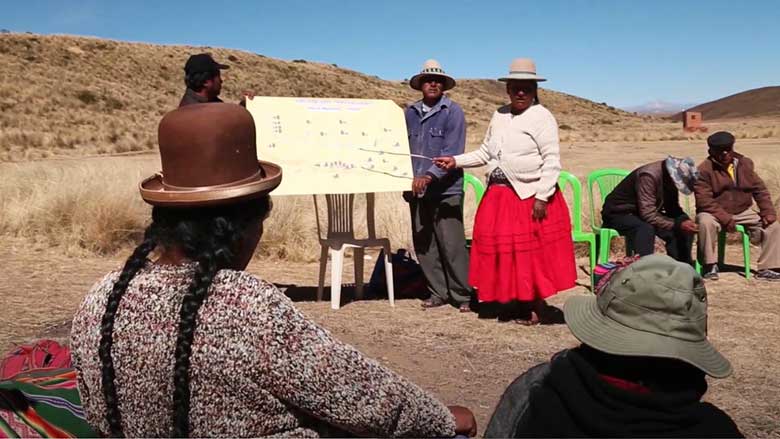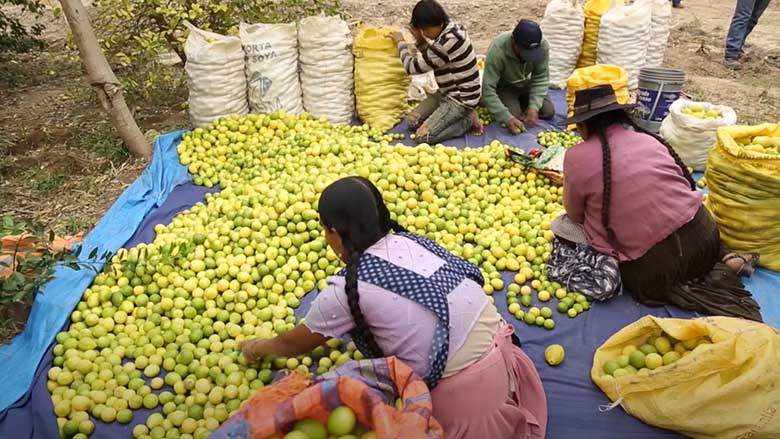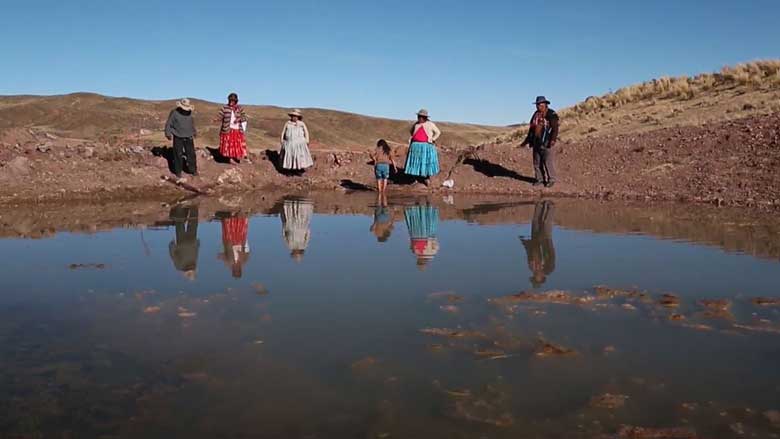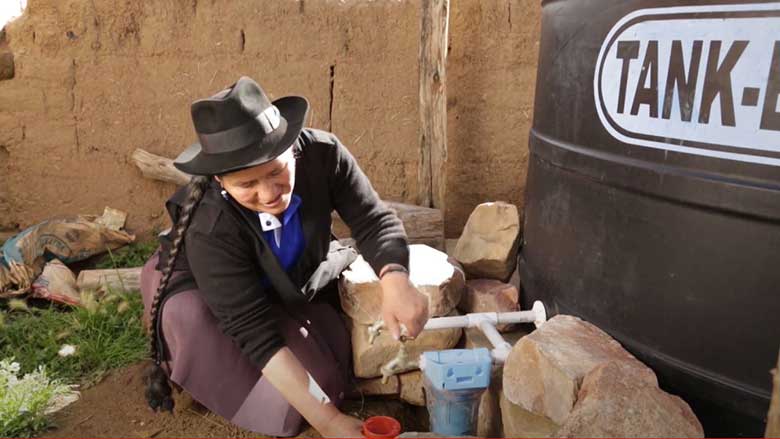Challenge
Bolivia has long been one of the poorest countries in Latin America, with one of the highest rates of inequality in the region. Poverty remained especially deeply rooted in rural areas, where 30 % of the population lived. Over 80 % of the rural population lived below the national poverty line, 64 % of those in extreme poverty. Bolivia was making efforts to reverse traditional antirural bias and to decentralize government administration. Stronger capacity was needed to establish priorities and to design, coordinate, and implement programs and public services to address the unequal distribution of public revenues across departments and municipalities. Moreover, the effects on poverty-reduction were modest, in part because most resources were allocated by municipalities to communities on an annual per capita basis, usually resulting in low endowments. The government, however, remained strongly committed to eradicating extreme poverty in rural areas and to promoting the inclusion of marginalized groups. Bolivia’s 2006–2011 National Development Plans (NDP) included a Community in Action Program, focused on the most vulnerable municipalities, to strength community participation and self-management in identifying, prioritize, implementing, and monitoring integrated community development projects. Under this scenario, the government recognized community-driven development (CDD) as an appropriate instrument for supporting its NDP.
Approach
Building on a legacy of successful investments supporting Bolivia’s decentralizing and rural development efforts, the Bolivia Community Investment in Rural Areas Project (commonly referred to as PICAR) used a CDD approach to target and address the needs of some of the nation’s poorest and most marginalized rural communities. Unlike other CDD projects, usually considered isolated islands of rural development, PICAR worked in tandem with development activities implemented by the municipalities to promote greater decentralization and sustainability. More importantly, the project was designed to be the first operation in Bolivia to operate through direct transfer of investment funds to rural communities. In turn, participating communities were able to meet basic and productive needs by identifying, prioritizing, and undertaking small infrastructure subprojects. These communities were also responsible for self-managing these investments and for providing financing (usually via in-kind contributions) for 10 % of the total investment costs.

Brigida Alberto, Sirpa Challapampa community leader. Photo: Bolivia’s Ministry of Rural Development and Lands
Results
As of today, PICAR has reached 343,674 direct beneficiaries through 2,191 subprojects.
- 50 % of direct beneficiaries are women
- 100 % of direct beneficiaries are Indigenous people
According to the type of investment, the project has reached:
- 67,612 direct beneficiaries with 444 irrigation subprojects
- 28,221direct beneficiaries through 118 tertiary roads subprojects
- 195,696 direct beneficiaries with 1,230 productive investments
- 40,500 direct beneficiaries with 199 water and sanitation subprojects
- 3,709 direct beneficiaries with 29 electrification subprojects
- 7,936 direct beneficiaries through other 49 investments
The community planning mechanisms promoted by the project provided the basis for the beneficiary communities to manage their own development and guarantee the operation and maintenance of investments beyond the project life cycle. According to the user satisfaction survey completed in December 2018, 99 % of the subprojects remained fully operational 12 months after their completion.
More than 21,000 committee members, nearly 48 % of whom are women, have been trained in areas such as financial management, procurement, safeguards, subproject management, and operation and maintenance.
Bank Group Contribution
The World Bank, through the International Development Association (IDA), financed this project with a credit in the amount of SDR 25.0 million (US$40 million equivalent). An additional IDA-financed credit in the amount of SDR 43.2 million (US$60.0 million equivalent) was provided in August 2015 to enhance and scale-up the impact, interventions, and activities of this well-performing project.


